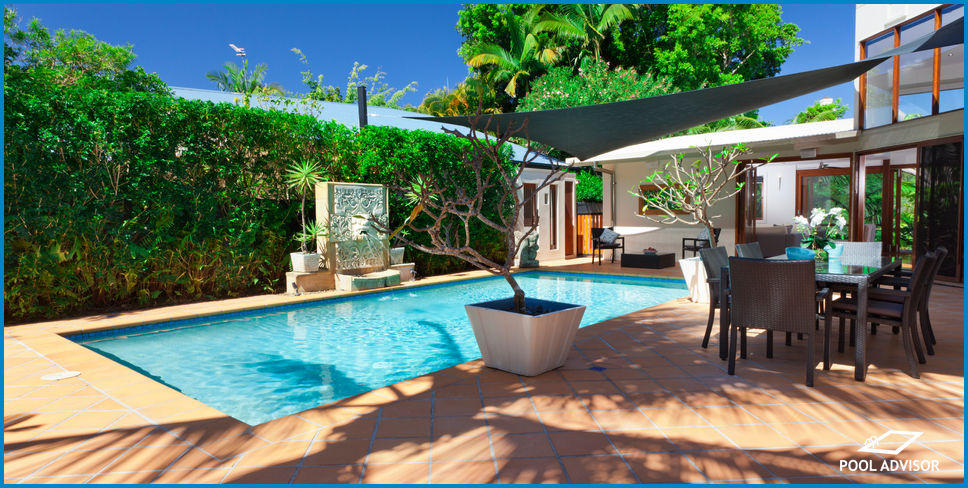
Beadcrete Problems - Issues With Beadcrete Pool Surfaces
Beadcrete pools use a combination of cement mortar and coloured glass beads in order to make a smooth, shiny, pebbled lining for your swimming pool.
This pool lining type is becoming increasingly popular for aesthetic purposes, but you may be wondering: are beadcrete pools long-lasting?
In this article we’ll discuss some issues you may encounter with beadcrete pool surfaces so that you can decide if investing in this lining type makes the right decision for you and your pool.
Beadcrete Problems You May Encounter
Poor Adhesion
One of the biggest problems with beadcrete pools is poor adhesion, meaning that glass beads are prone to becoming detached from the cement and falling to the bottom of the pool.
If these beads are then picked up by a robotic pool cleaner or enter your pool’s pump and filter system, they could potentially cause damage to the machinery.
Poor adhesion is common with beadcrete pools and occurs because the nature of the glass beads is smooth to the touch.
Regardless of how much cement is used when applying a beadcrete finish to your pool, it can be difficult for the rough cement to ‘grab’ the smooth glass beads. As the cement deteriorates slowly with age and wear, the likelihood of beads falling out of the surface of your pool increases.
If you notice lots of beads falling into your pool, it may be time to get your pool resurfaced.
Breaking Beads
Because the beads in your pool are made from glass, they are fragile. If anything large or heavy impacts the surface of your pool, some of the glass beads in your lining are likely to break, spreading dangerous glass shards around the interior of your pool.
This can put swimmers at risk, and may also cause damage to any machinery that tries to clean them up by puncturing plastic water hoses or mesh filter baskets.
Although having glass beads from beadcrete break is not a common issue, it is worth mentioning due to the potentially dangerous conditions that can develop.
Fading Colours
Most beads used in beadcrete pools contain coloured glass, with blue beads being the most popular colour. The process used to colour these glass beads blue often involves using oxides, which are safe to use and produce vibrant colours.
The problem occurs when these coloured glass beads begin to age. Oxide-based colourants tend to be fragile and are especially prone to oxidation, especially when they come in contact with common pool chemicals.
Due to the fragile nature of this aesthetic, most people begin noticing faded glass beads after having beadcrete installed for about five years.
Unlike other problems that are caused by imbalanced pool chemistry and can be prevented, even ideally balanced pool chemistry will slowly lead to the deterioration of this colouring.
Conclusion
Beadcrete pool linings make a popular choice due to the aesthetics they provide your pool with.
However, although this lining type can create a beautiful pool environment, it is not necessarily a long-lasting option.
We do not necessarily discourage beadcrete pool linings, but it is important that anyone considering this lining type be aware of problems they may encounter over the course of its life.
That's not to say that other, similar pool surfaces don't have their fair share of issues. Check out this guide on pebblecrete problems if you are considering that as an alternative to beadcrete.

Louis
A chemical engineer by trade, Louis is committed to debunking myths in the pool industry by explaining the underlying chemistry and making it accessible to all.
